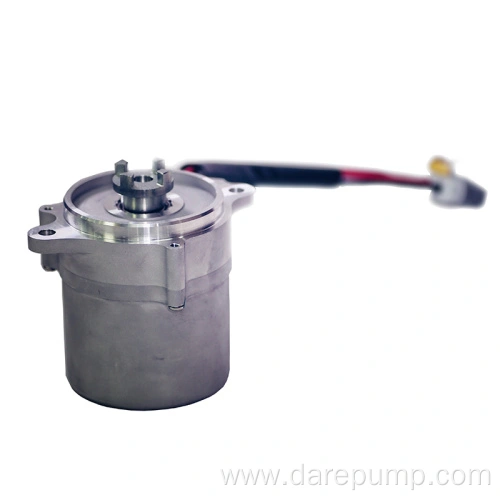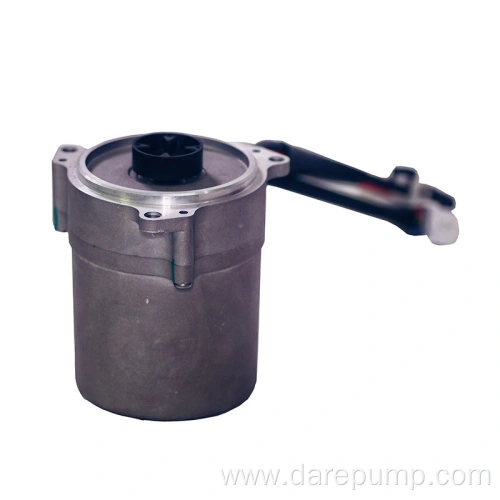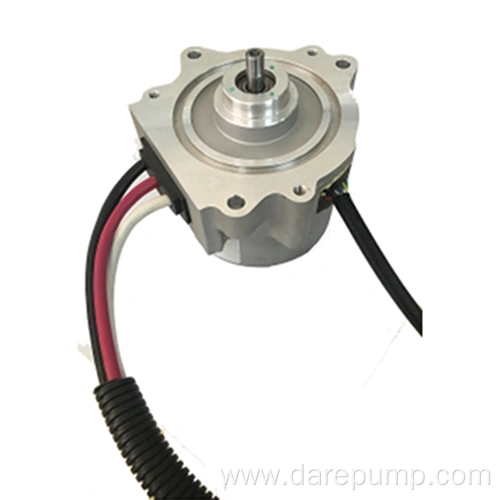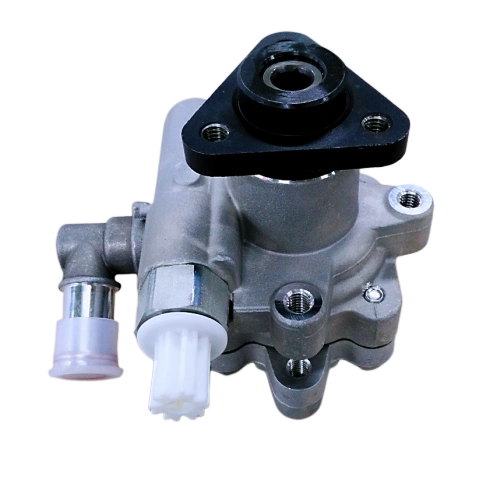Product Details

Braking Retarder for Truck
Subcategory
Keywords
- Description
-
Product Attributes
Model No.:FHQ400
Brand:FZB
Place Of Origin:ChinaPackaging & Delivery
Selling Units:Piece/Pieces
Package Type:PAPER BOX, PALLETProduct Description
Hydraulic Retarder braking
The stator is integrated with the retarder housing and connected to the rear end or frame of the transmission. The rotor is connected to the transmission shaft through a hollow shaft, and blades are cast on both the rotor and stator. During operation, pressure is applied to the oil pool through the operation of the control valve to fill the working fluid into the working cavity between the rotor and stator. When the rotor rotates, a torque is applied to the stator through the working fluid, and the reverse torque of the stator becomes the braking torque of the rotor. Its value depends on the amount of fluid and pressure in the working chamber (determined according to the brake strength gear set by the control valve), as well as the rotational speed of the rotor. The kinetic energy of the vehicle is consumed by the friction of the working fluid and the impact on the stator, which is converted into heat energy, causing the temperature of the working fluid to rise. Work is also introduced into the heat exchange cycle flow, which transfers heat to cooling water and dissipates it through the engine cooling system. In vehicles with hydraulic transmission, oil pools, oil pumps, heat exchangers (which need to be enlarged in size), and working fluids that utilize hydraulic transmission can be eliminated. Therefore, hydraulic retarders are mostly used in hydraulic transmission vehicles.
Critical parametersPart Name Hydraulic Retarder Function Auxiliary braking DARE PN FHQ400 Application CV braking assistance Max. Input Speed (rpm) 5300 Max. Braking Torque (N•m) 4000 Oil Filling Level (L) 6.8 Weight w/o Oil & Gear (kgs) 50.5 Connection Mode Parallel Features and advantages of hydraulic retarder
1. Compared to imported competitive products, it has high interchangeability and can achieve complete interchangeability with imported competitive products;
2. Large braking torque per unit mass; (The maximum braking torque of FHQ400 is 4000N.m, and the maximum braking torque of imported competitive products is 3500N.m)
3. Light weight; (FHQ400 oil-free gear has a mass of 50.5Kg, and imported competitors have a mass of 51.86Kg oil-free gear)
4. The structural size is small, facilitating the installation and disassembly of the retarder; (Post market user feedback, structural optimization)
5. The stator and rotor are independently developed and designed, with small structural dimensions and large braking torque;
6. The controller software and hardware are independently developed and designed, with complete matching functions with the entire vehicle, which can respond quickly and upgrade according to customer requirements, and provide timely technical services. It is suitable for future joint development with the entire vehicle integration, with cost control advantages;
7. The electromagnetic air proportional valve is independently developed and designed, which can replace imports, and has cost control advantages to reduce customer use costs;
The oil gas separator structure is independently developed and designed to avoid regular replacement of the oil gas separator filter element, reducing the inconvenience and cost of replacing the filter element for users;
Related Products
Product Consulting
* Note: Please be sure to fill in the information accurately and keep the communication unblocked. We will contact you as soon as possible






